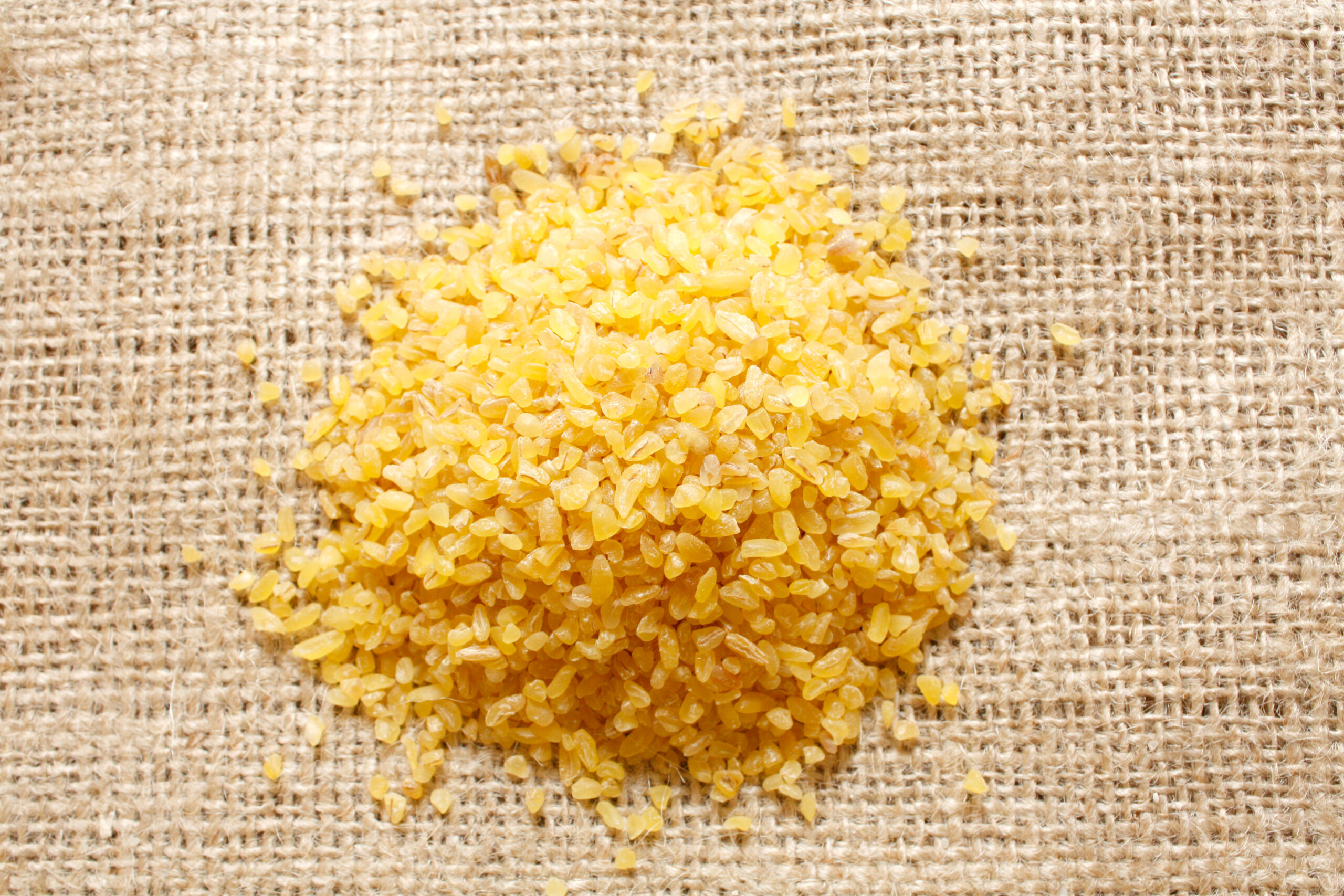Your cart is currently empty!

Rediscovering Haitian Ble, Bulgur Wheat: Reviving a Traditional Staple in Modern Cuisine
Haiti, a vibrant Caribbean country known for its rich culture and heritage, has a long-standing culinary tradition that is deeply rooted in its history. Among the many traditional foods that have stood the test of time, Haitian ble holds a special place in the hearts and palates of the Haitian people.
Haitian ble, also known as millet, is a nutritious grain that has been a staple in Haitian cuisine for centuries. It is a small, gluten-free grain that is packed with essential nutrients, making it a popular choice for those seeking a healthy and sustainable diet.
The Nutritional Benefits of Haitian Ble
Haitian ble is a powerhouse of nutrition, providing a wide range of health benefits. One of the notable features of this grain is its high fiber content, which aids in digestion and helps maintain a healthy gut. Additionally, Haitian ble is rich in essential minerals, such as magnesium, iron, and phosphorus, which are crucial for overall well-being.
What makes Haitian ble even more remarkable is its low glycemic index, meaning it has a minimal impact on blood sugar levels when consumed. This makes it an ideal choice for individuals looking to manage their blood sugar levels or those with diabetes.
Moreover, Haitian ble is an excellent source of plant-based protein, making it an ideal option for vegans and vegetarians. Its protein content helps support muscle growth, repair, and overall cellular function.
Rediscovering Haitian Ble in Modern Cuisine
Despite its rich history and nutritional value, Haitian ble has experienced a decline in popularity over recent years, primarily due to the influence of globalized food trends. However, a rising movement to revive traditional Haitian cuisine is putting Haitian ble back in the spotlight.
Renowned chefs and food enthusiasts are rediscovering the versatility of Haitian ble, incorporating it into modern dishes while staying true to its culinary roots. From hearty soups and stews to innovative grain salads and gluten-free baked goods, Haitian ble is making a comeback in both traditional and contemporary Haitian cuisine.
With its earthy flavor and unique texture, Haitian ble adds depth and complexity to a wide variety of dishes. Its neutral taste allows it to seamlessly blend with different ingredients, making it a versatile grain that can be used in both sweet and savory recipes.
The Importance of Preserving Traditional Foods
Reviving Haitian ble and other traditional staples is not merely a culinary trend but also a means of preserving Haitian culture and heritage. Traditional foods hold the stories of generations, reflecting the struggles, triumphs, and resilience of a nation.
By incorporating Haitian ble into modern cuisine, chefs and home cooks alike honor the traditions of their ancestors and pass them down to future generations. This resurgence not only promotes local agriculture and supports small-scale farmers but also brings a piece of Haitian identity to the global culinary stage.
Embrace the Revival: Rediscover Haitian Ble
If you have yet to experience the wonders of Haitian ble, now is the time to embrace this ancient grain. With its unique nutritional profile and versatility in the kitchen, Haitian ble offers a fantastic addition to any diet.
Consider exploring Haitian recipes that feature ble as a main ingredient. From comforting bowls of akasan (millet-based porridge) to delicious pain de ble (millet bread), there are numerous ways to rediscover this traditional staple and appreciate the flavors of Haiti.
As you venture into the world of Haitian cuisine, remember the importance of supporting local farmers and sourcing authentic Haitian ble. By doing so, you contribute to the preservation of a valuable tradition and can enjoy the taste of history on your plate.
In conclusion, Haitian ble is a gem of Haitian cuisine, offering not only exceptional nutritional benefits but also a deep connection to the country’s history and culture. Its revival in modern cuisine paves the way for a brighter future where traditional foods are cherished, celebrated, and shared with the world.
CATEGORIES:
Tags:

No responses yet